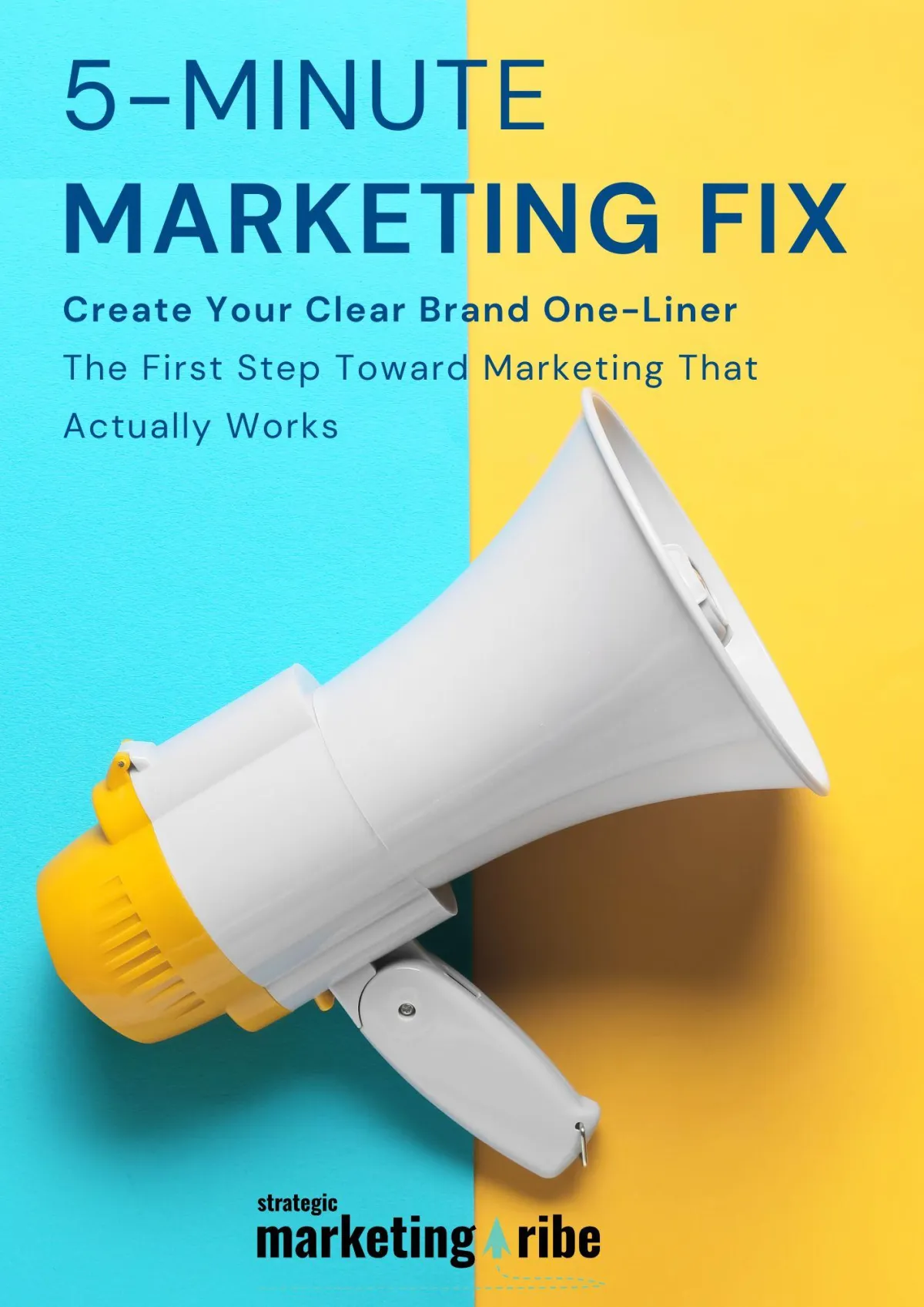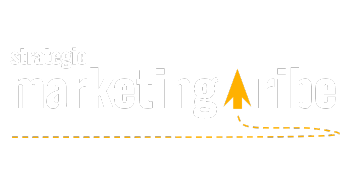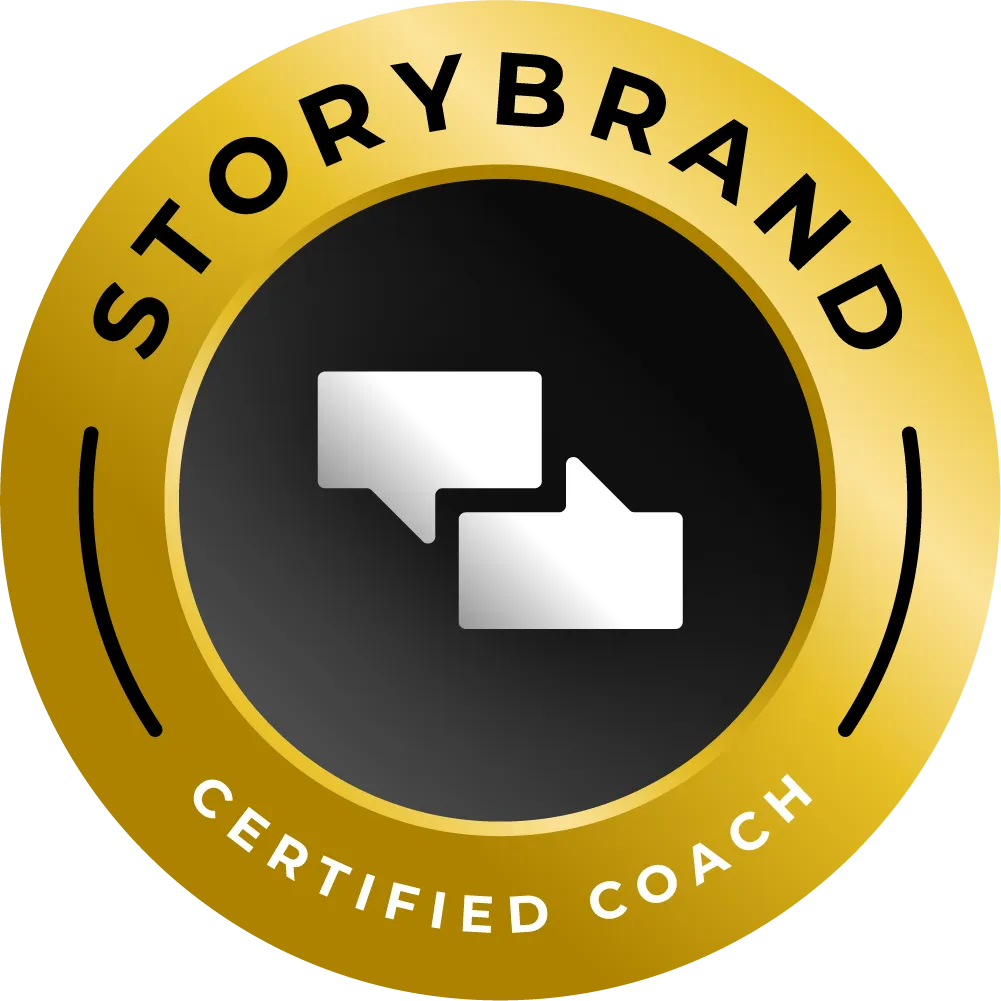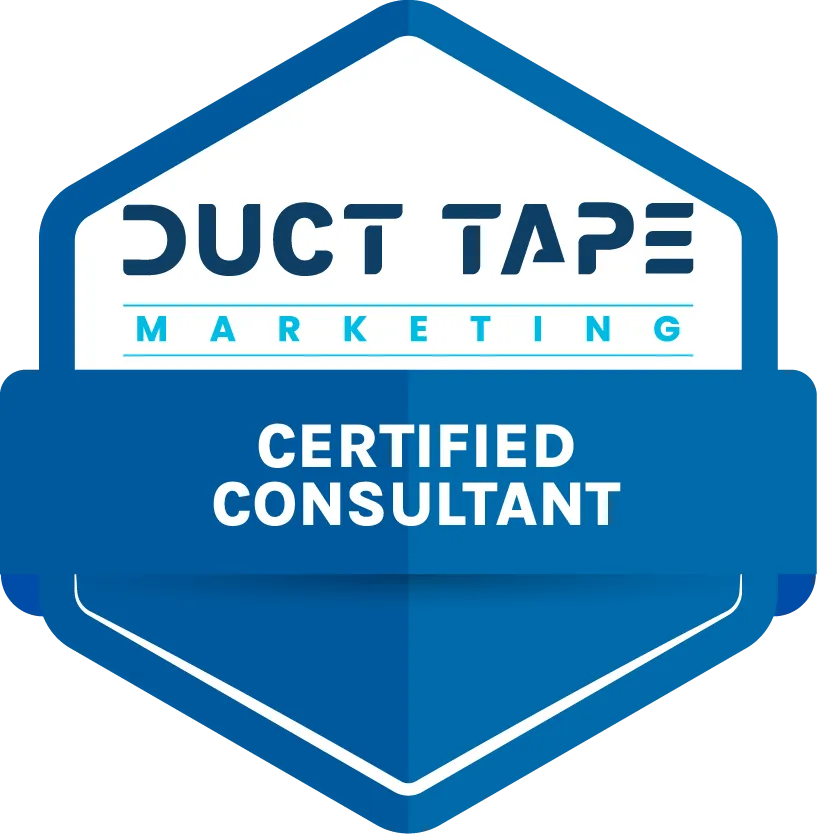STORY, MEET STRATEGY
Let’s make marketing feel less robotic and more real.
Find resources that bring your message—and your business—to life.

Analog Intelligence vs AI Overload: How to Think Again
By Vicky Sidler | Published 10 October 2025 at 12:00 GMT+2
If you’ve ever asked ChatGPT to help write a blog and then found yourself unable to string a sentence together without it, you might be suffering from a condition Ann Handley calls thoughtstipation.
Yes. Thoughtstipation. It’s what happens when your brain gets so used to AI doing the work that it forgets how to think without help.
Handley, one of the OGs of digital marketing, recently reminded us that in our rush to automate everything, we may have accidentally outsourced our brains. She’s not anti-AI, but she is pro-human. And she’s made a strong case for bringing back what she calls Analog Intelligence.
TL;DR:
Thoughtstipation is real—AI can block your ability to think clearly
Analog Intelligence helps small business owners reclaim focus and creativity
Slowing down boosts clarity, originality, and decision-making
Analog is a strategy, not nostalgia
Simple habits like handwriting, tech-free walks, or index cards can unlock your best ideas
👉 Need help getting your message right? Download the 5-Minute Marketing Fix
Table of Contents:
Analog Intelligence vs AI Overload: How to Think Again
Meet Analog Intelligence—AI’s Quieter Cousin:
Thoughtstipation Is Blocking Your Best Work:
Your Voice Still Matters Most:
2. AI vs Human Creativity in Problem Solving: What Works Best?
4. Most People Can't Spot AI Ads—Why That Matters for Your Brand
5. AI Marketing Trust Gap Widens as Consumers Push Back
FAQs on Analog Intelligence and AI Overload
1. What is Analog Intelligence?
2. What is “thoughtstipation”?
3. Why is Analog Intelligence useful for small business owners?
4. Does this mean I shouldn’t use AI in my business?
5. What are some easy ways to build Analog Intelligence into my routine?
Meet Analog Intelligence—AI’s Quieter Cousin:
Analog Intelligence isn’t about throwing your phone in the ocean and moving to a cabin. It’s about choosing to slow down before you start speeding up again.
Ann Handley describes it as a way of thinking that trains your patience, sharpens your focus, and clears the clutter. It’s the creative warm-up your brain needs before AI gets involved.
Think:
Writing with a pen before opening your laptop
Taking a walk without a podcast
Doodling on paper when planning your next product
Grabbing an index card instead of opening a new tab
These aren’t quirky habits. They’re small rituals that help you get back in touch with how you think, what you care about, and what makes your brand yours.
Thoughtstipation Is Blocking Your Best Work:
According to Handley, AI becomes a problem when we rely on it too soon. Instead of exploring your own thoughts, you skip ahead to someone else’s output.
It feels efficient. But long-term? It’s like skipping leg day for your brain.
Eventually, you lose the ability to think through ideas on your own. You go straight from question to chatbot. Your voice? Blurry. Your strategy? Generic. Your confidence? Wobbly.
For small business owners, that’s risky. Your message is the one thing no one else can copy. If you lose clarity there, no AI tool can save you.
Slow Is a Power Move:
Ann's take is refreshingly practical. She isn’t saying don’t use AI. She’s saying know when to use it.
Start with Analog. Then bring in AI to polish, not to replace.
Here’s how I do it in my business:
I plan my day by hand in my weekly planner. I keep track of ideas using my Rocketbook. I brainstorm in one of several notebooks, vent in the same ones when needed, and organize everything with an embarrassing number of colored pens.
I also write down daily gratitudes as a quiet way to remind myself how lucky I am that I get to do this work, with people I actually like, in a life I genuinely enjoy.
And when I’m off the clock? You’ll often find me offline as well: reading, walking, painting, building puzzles, or coloring in like a calm five-year-old (if those exist).
None of that’s a productivity hack. Truth is, my brain doesn’t do well with a lot of stimulation. Getting offline helps me reset. It’s how I clear space to think before inviting any tools—AI or otherwise—into the mix.
Your Voice Still Matters Most:
Look, I (mostly) love AI. It helps me move faster, test ideas, and serve more clients. But I never want it to be the reason I stop hearing my own voice.
If you’re running a business, you don’t need more noise. You need clarity. And that starts with knowing what you want to say—before you ask a bot how to say it.
That’s exactly why I created the 5-Minute Marketing Fix.
It’s a free tool that helps you write a one-liner for your brand. Not one generated by AI. One built from your actual value and message.
Related Articles:
1. Big brands say AI boosts performance but flops without real creativity. Here's how small businesses can get it right.
Big brands are using AI to crunch numbers—but relying on real people for the creative work. This article proves that your brain still has a job.
2. AI vs Human Creativity in Problem Solving: What Works Best?
Harvard research shows AI is great at predictable tasks—but not great at fresh ideas. Sound familiar? This one backs up why your analog habits are still relevant.
3. 61% of consumers want to turn off AI search summaries. Here's how small businesses can adapt their marketing strategy.
This one gives you hard data to back up your gut feeling that people are tired of AI. It’s a practical guide to keeping your marketing more human.
4. Most People Can't Spot AI Ads—Why That Matters for Your Brand
If you’re wondering whether your customers can tell when your content is AI-made… they can’t. But that doesn’t mean you should lean on it blindly.
5. AI Marketing Trust Gap Widens as Consumers Push Back
More people are getting wary of AI. This article breaks down how to keep trust front and center while still using tech tools smartly.
FAQs on Analog Intelligence and AI Overload
1. What is Analog Intelligence?
Analog Intelligence is the practice of thinking without tech tools. It’s writing by hand, brainstorming offline, and doing creative work without relying on screens or algorithms. It helps clear mental clutter and reconnect with your own ideas before AI steps in.
2. What is “thoughtstipation”?
Coined by Ann Handley, thoughtstipation is mental gridlock caused by overusing AI. If you reach for ChatGPT before you’ve even heard your own thoughts, you might be blocking your natural creativity without realizing it.
3. Why is Analog Intelligence useful for small business owners?
Because it forces clarity. When you slow down and think before automating, your message gets sharper. That’s especially useful when you’re wearing all the hats and can’t afford vague or generic marketing.
4. Does this mean I shouldn’t use AI in my business?
No. It means use AI later in the process—not at the very beginning. Think first. Then let the tools help you shape or polish what you already believe and want to say.
5. What are some easy ways to build Analog Intelligence into my routine?
Try writing your to-do list by hand. Go for a walk without your phone. Jot down ideas in a notebook. Use post-its instead of tabs. It doesn’t need to be dramatic—just intentional.
6. Isn’t all this just romanticising the past?
Nope. Analog isn’t nostalgia. It’s not about “going back”—it’s about getting grounded so you can move forward with more clarity and less noise.
7. How can I keep my message clear even when using AI?
Start with a strong one-liner that reflects your real value. That’s what the5-Minute Marketing Fix is for. It helps you stay focused, whether you’re writing by hand or using every tool in the AI toolbox.

Created with clarity (and coffee)







